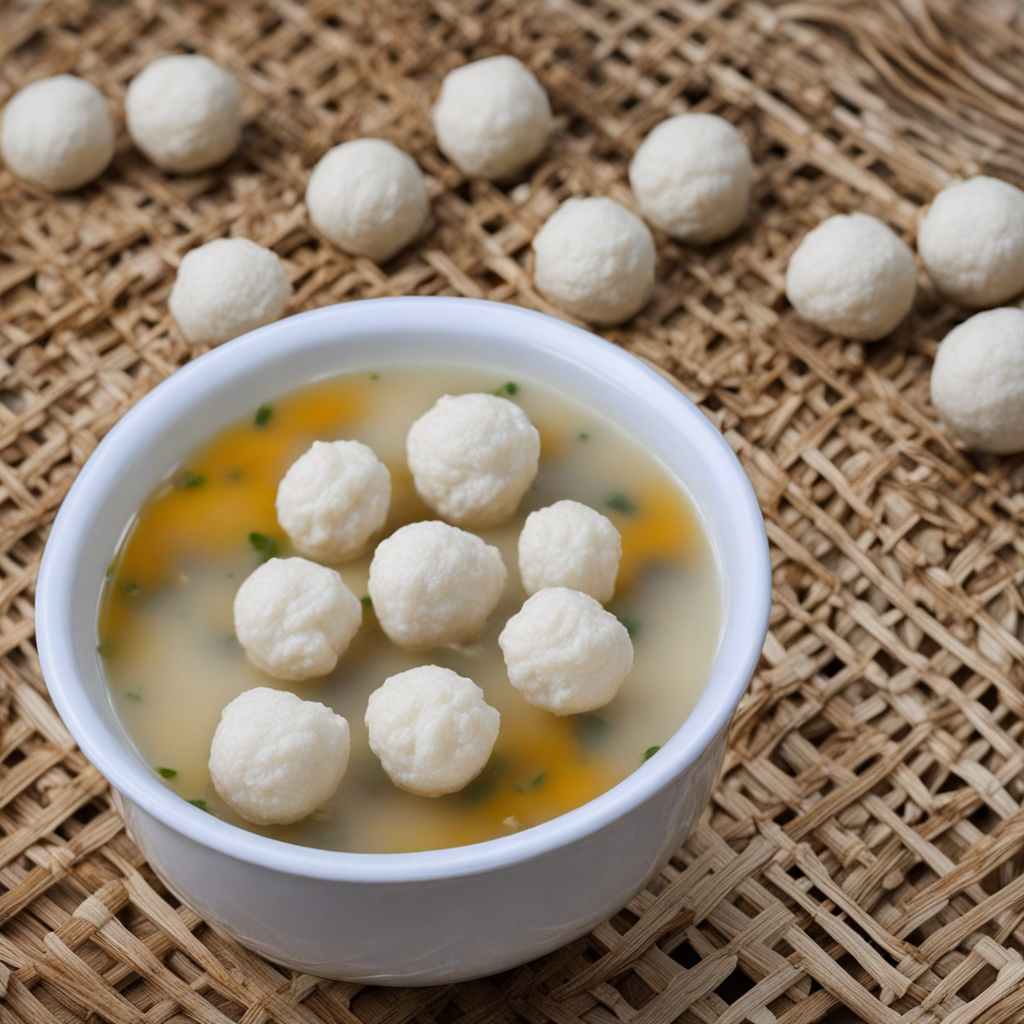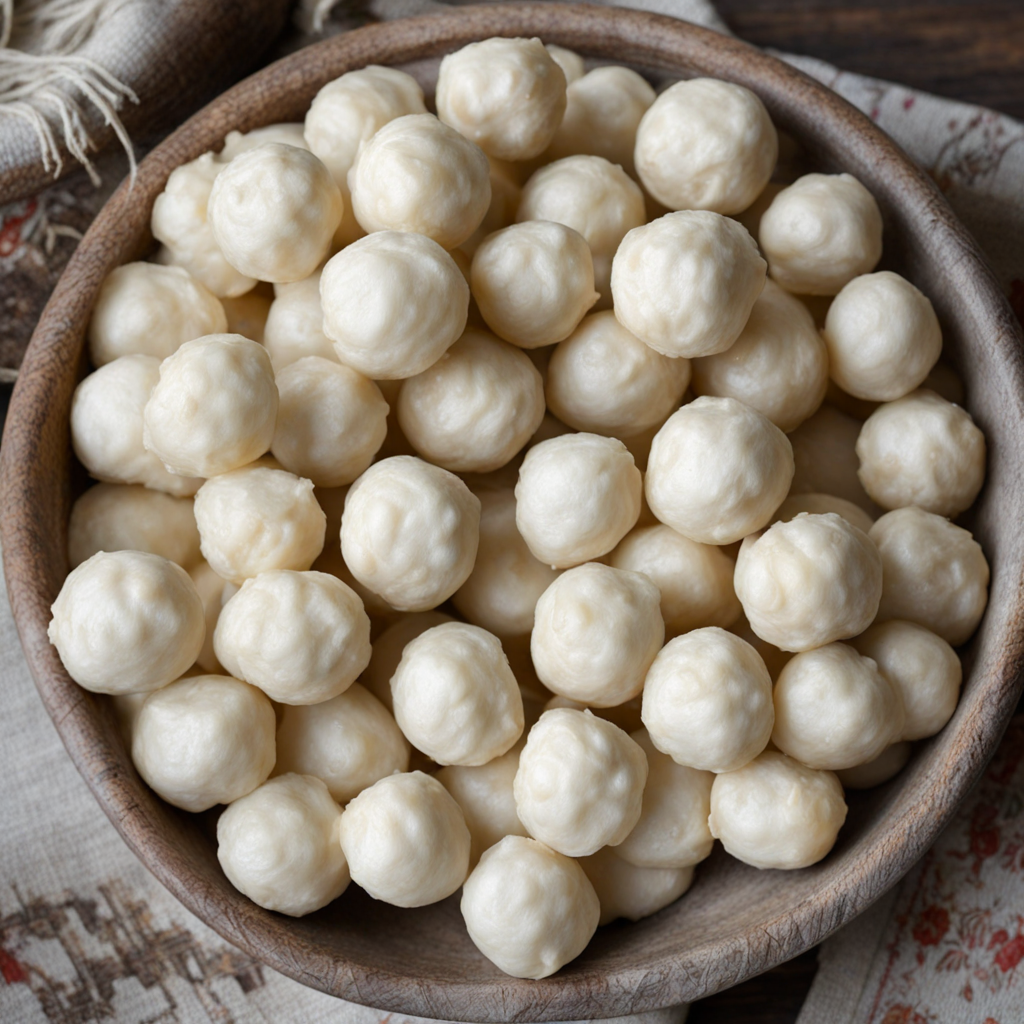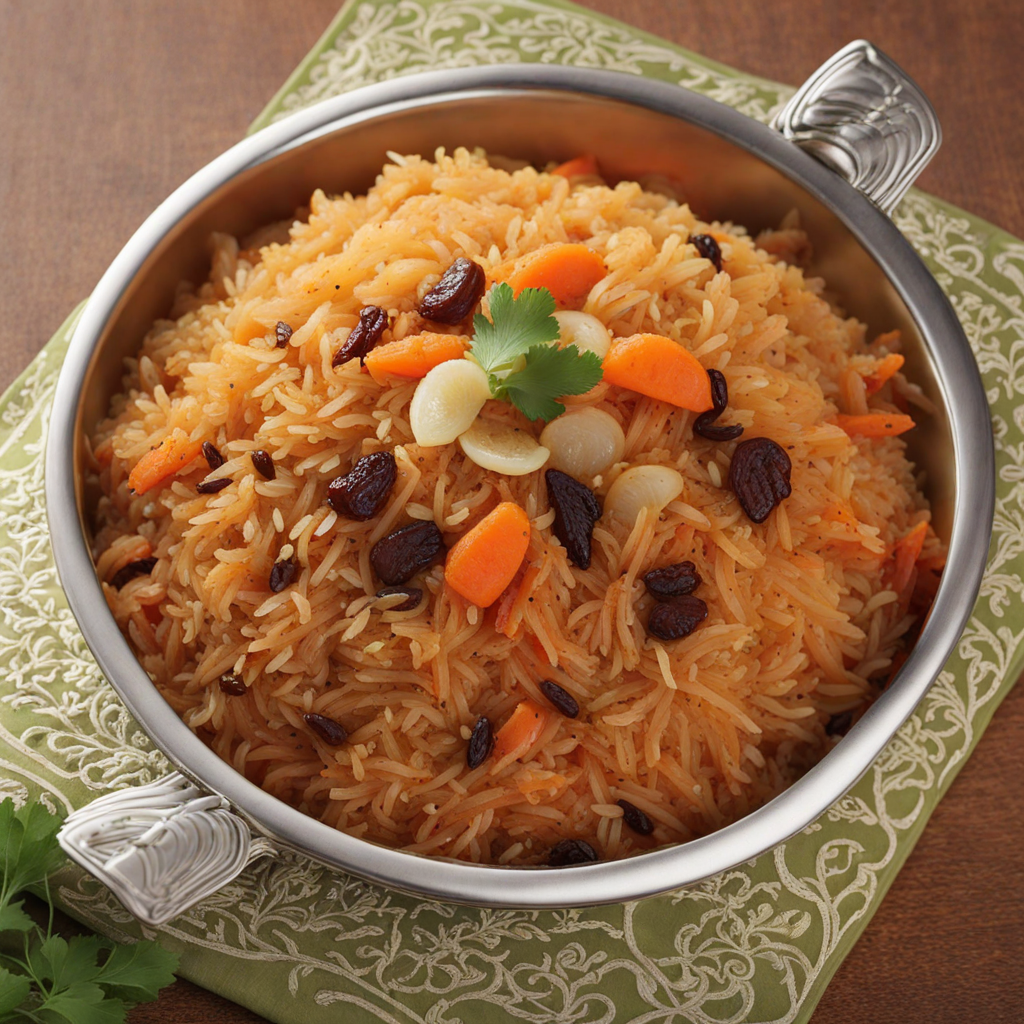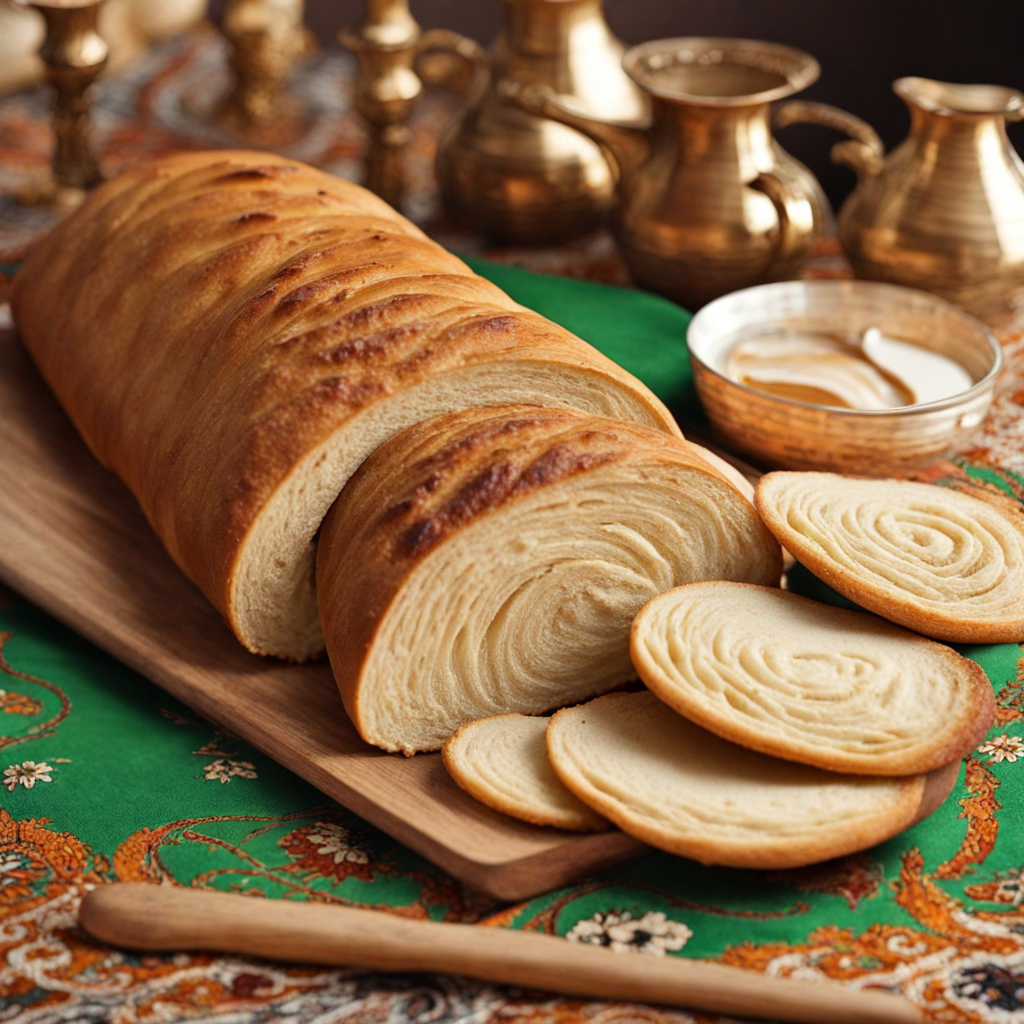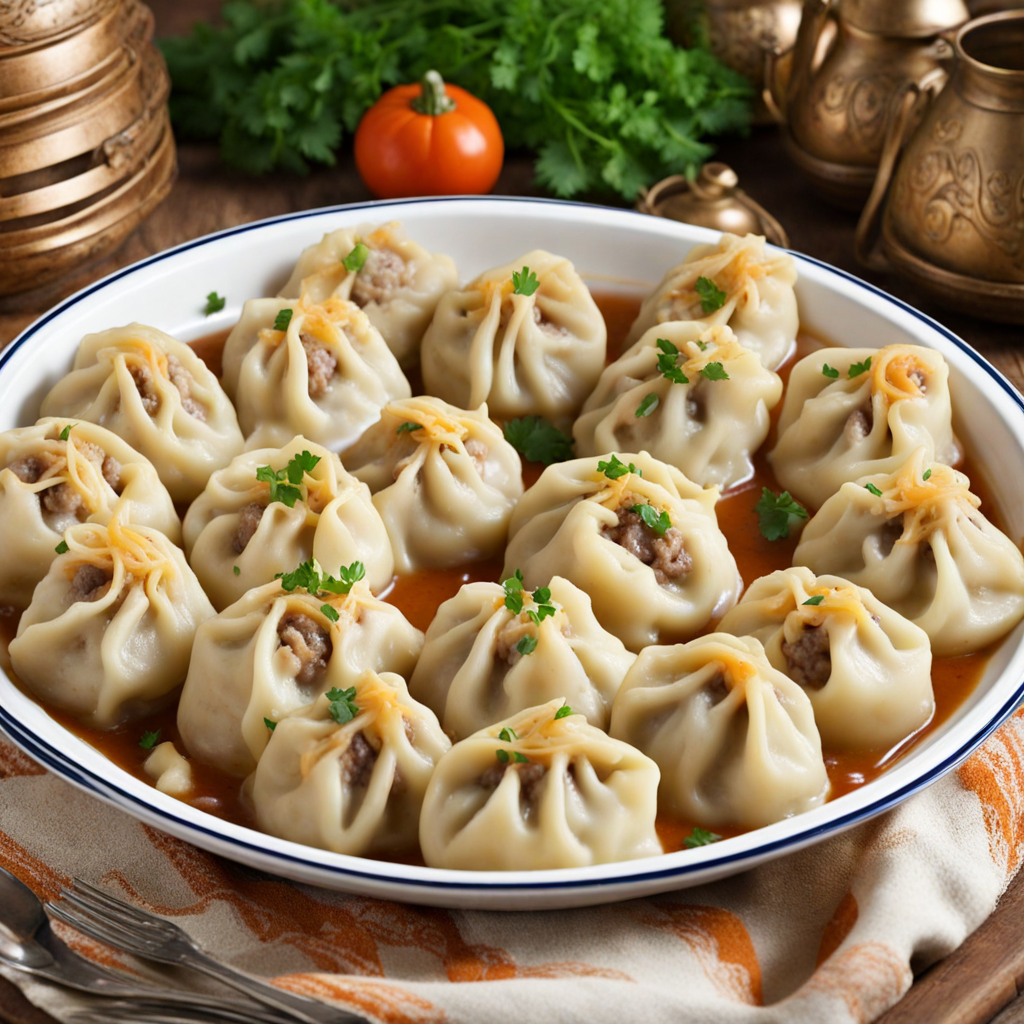Quroot
Quroot is a traditional dairy product from Turkmenistan that offers a unique taste experience, often described as tangy and slightly salty. This distinctive food is made from the fermented milk of cows, goats, or sheep, which is then transformed into a thick, creamy consistency. The fermentation process not only enhances its flavor but also enriches it with beneficial probiotics, making it a nutritious addition to the diet. The texture of Quroot can vary from smooth to slightly grainy, depending on the preparation method, and it is typically served in small, dollop-like portions. In Turkmen culture, Quroot is often enjoyed as a refreshing accompaniment to various dishes. It pairs well with bread, vegetables, and rice, adding a creamy tang that contrasts beautifully with the heartiness of the main components of a meal. The product can also be used in soups and stews, where it melts slightly, lending a rich flavor and creamy texture to the dish. Many locals appreciate Quroot for its versatility, using it as a spread, a dip, or even a base for salad dressings, showcasing its adaptability in both traditional and modern recipes. The flavor profile of Quroot is influenced by the local climate and the diet of the animals providing the milk, which can result in subtle variations depending on the region in Turkmenistan. Some might find it reminiscent of other fermented dairy products like yogurt or feta cheese, yet it maintains its own unique identity. As you explore the world of Quroot, you’ll discover not only a new taste but also a connection to the rich culinary traditions of Turkmenistan, celebrating the age-old methods of dairy fermentation that have been passed down through generations.
How It Became This Dish
The History of Курут: A Culinary Treasure of Turkmenistan Курут, or "kurut," is a traditional fermented dairy product that holds a special place in the culinary tapestry of Turkmenistan and Central Asia. This tangy, dried cheese-like snack is not just a food; it is a symbol of resilience, cultural heritage, and the pastoral lifestyle that has characterized the Turkmen people for centuries. In this exploration, we will delve into the origins, cultural significance, and development of kuruт, highlighting its journey through time as an essential part of Turkmen identity. #### Origins of Курут The roots of kuruт can be traced back to the nomadic lifestyle of the Turkmen people, who have inhabited the vast steppes of Central Asia for millennia. The harsh climate and arid landscape of Turkmenistan necessitated the development of food preservation techniques that could withstand long periods without refrigeration. As a result, the nomads turned to dairy products, particularly from their herds of sheep, goats, and cows, as a means of sustenance. Kurut is made by fermenting milk, often from sheep or goats, and then dehydrating it into small, hard balls or discs. The fermentation process not only enhances the flavor, giving it a tangy and slightly salty taste, but also contributes to its long shelf life. This preservation method was vital for the nomadic Turkmen, who relied on kuruт as a portable source of nutrition during their migrations across the arid landscapes. The earliest references to fermented dairy products in Central Asia date back to ancient times, with evidence suggesting that similar methods of production existed in the region long before the advent of recorded history. The nomadic tribes of Central Asia, including the Turkmen, utilized these techniques to create a variety of dairy products that suited their lifestyle. #### Cultural Significance Kurut is more than just a food item; it is a cultural emblem that embodies the values and traditions of the Turkmen people. In Turkmen culture, hospitality is of utmost importance, and serving kuruт to guests is a sign of respect and generosity. It is often accompanied by tea, bread, and other traditional dishes, creating a festive atmosphere that reflects the warmth of Turkmen hospitality. The significance of kuruт extends beyond mere sustenance; it is also a symbol of community and social bonding. In rural areas, the preparation and sharing of kuruт often involve communal efforts, with families and neighbors coming together to produce and enjoy this cherished delicacy. This practice reinforces social ties and fosters a sense of belonging among the members of the community. Moreover, kuruт is frequently featured in Turkmen folklore and oral traditions. It is often mentioned in songs and stories that celebrate the pastoral lifestyle, resilience in the face of adversity, and the deep connection between the Turkmen people and their land. The act of making and consuming kuruт is intertwined with Turkmen identity, reflecting their history, values, and way of life. #### Development Over Time As Turkmenistan moved from a nomadic to a more settled society, the production and consumption of kuruт evolved. In the mid-20th century, with the establishment of collective farms and state-controlled agriculture, the methods of dairy production underwent significant changes. While traditional practices still persisted, the introduction of modern techniques and technology began to influence the way kuruт was made. Despite these changes, many Turkmen continue to honor traditional methods of kuruт production. In rural areas, families often maintain their own herds of livestock, producing milk that is transformed into kuruт through time-honored techniques. This commitment to tradition ensures that the flavors and cultural significance of kuruт remain intact, even as the world around them changes. In recent years, there has been a resurgence of interest in traditional foods, including kuruт, spurred by a growing appreciation for local and artisanal products. As globalization spreads, many Turkmen have begun to celebrate their culinary heritage, recognizing the importance of preserving traditional foods as a means of cultural identity. Kuruт has found its way into local markets and restaurants, where it is showcased alongside other traditional dishes, attracting both locals and tourists alike. #### Kuruт in Contemporary Turkmenistan Today, kuruт is a staple in the diet of many Turkmen families, often enjoyed as a snack or as a component of various dishes. It can be eaten plain, crumbled over salads, or used as a seasoning for soups and stews. Its versatility and robust flavor make it a beloved ingredient in both home cooking and more elaborate culinary presentations. In urban centers, kuruт has also gained popularity among the younger generation, who are increasingly interested in their cultural heritage and traditional foods. As a result, it is not uncommon to find kuruт in modern cafes and restaurants that aim to celebrate and reinterpret Turkmen cuisine for contemporary palates. This fusion of traditional and modern culinary practices serves to keep the cultural significance of kuruт alive while adapting it to the tastes of a new generation. Moreover, the international interest in fermented foods has also cast a spotlight on kuruт. As people around the world become more aware of the health benefits associated with fermented products, kuruт has gained recognition for its probiotic properties and nutritional value. This newfound attention has opened up opportunities for Turkmen producers to market their traditional products beyond their borders, creating a bridge between ancient culinary practices and modern global trends. #### Conclusion The history of kuruт is a fascinating narrative that intertwines the Turkmen people’s pastoral lifestyle, cultural values, and evolving culinary practices. From its origins as a practical solution for food preservation to its status as a cherished cultural emblem, kuruт embodies the resilience and hospitality of the Turkmen people. As Turkmenistan continues to navigate the complexities of modernity, the enduring appeal of kuruт serves as a reminder of the importance of preserving culinary traditions and celebrating the rich tapestry of cultural heritage that defines a nation. Through its continued production and consumption, kuruт remains a vital link to the past, present, and future of Turkmen identity.
You may like
Discover local flavors from Turkmenistan


